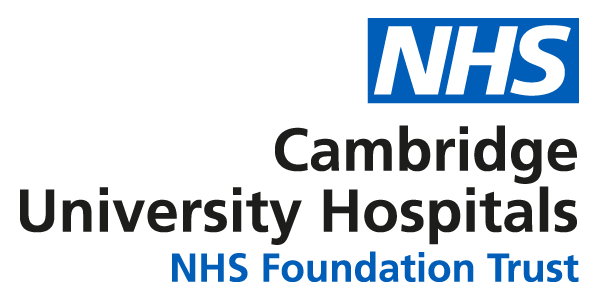Introduction
Do you have a poor appetite, or noticed that you are not eating as well as you normally would? If so, you may have been recommended to follow a high calorie/energy diet.
How to increase energy in your diet?
- Using food fortification methods. This involves adding extra energy (calories) to food without increasing the amount of food/drink
- By eating “little and often” throughout the day, aiming for 2-3 snacks between main meals
- Ensuring that you are having regular nourishing drinks (other than water)
Often eating a diet higher in calories tends to increase the consumption of unhealthy fats and sugar that can potentially have a negative impact on our health.
The suggestions below will allow you to add extra calories in your diet by increasing consumption of healthy fats, nutrient rich carbohydrates and protein.
Healthy food fortification
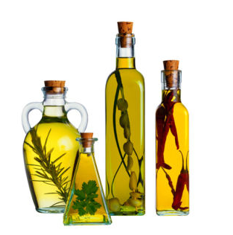
Oils
Oils are energy dense and rich in monounsaturated and polyunsaturated fats, two types of healthy fats. Adding extra oil to food is a way to increase the calories in your meals.
Examples of healthy oils include olive oil, rapeseed oil, walnut oil, sunflower oil, avocado oil, sesame and groundnut oil. Below are some suggestions of how to add oil to meals:
- Pour oil over your salads as a dressing
- Add oil when mashing potatoes or vegetables such as swede
- Use oil as a dip for breads
- Use as a marinade for meat or fish
- Add oil into soups, casseroles, curries or sauces
- Drizzle oil over pasta dishes, potatoes or risotto before serving
Spreads
Sunflower or olive oil-based spreads can be used to fortify food. Adding generous amounts to creamy mashed potatoes, bread or when baking can increase the calories in your diet. Spreads can also be added to soups, sauces or melted over freshly cooked vegetables.
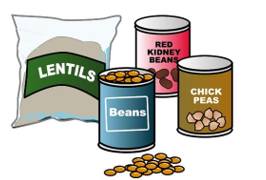
Pulses
Pulses such as beans, lentils and chickpeas are a good source of protein and can be added to soups, sauces, casseroles or curries as a way of increasing the calories in the meal. Products made from pulses such as hummus or black bean salsa can be a healthy, high-energy dressing or dip for breads and salads.
Nuts and seeds
Unsalted nuts and seeds are a good source of energy, healthy fats and protein. Examples include pumpkin, sunflower, sesame, chia seeds and linseeds, pistachios, almonds, walnuts, brazil nuts, peanuts and cashews. They can be eaten on their own as a quick snack or sprinkled on salads, soups, curries and porridge. They can be also added to baking recipes for cakes, scones and biscuits. Nut butters such as peanut butter can be used as a spread, added in porridge, yoghurt and smoothies.
Fruits
Avocado is an energy dense and rich in healthy fats fruit. It can be mashed and spread on toasted bread or added in salads. Dried fruits including apricots, figs, dates, prunes, apple rings and sultanas contain natural sugars, as well fibre. Dried fruits can be mixed into breakfast cereals, porridge or yogurt, added in baking recipes or eaten on their own
Snack ideas
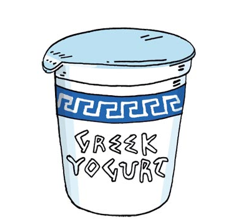
Having snacks between main meals can help increase the energy in your diet. Below is a list of some high energy, healthy snacks:
Sweet snacks
- Reduced or no added sugar soya yoghurts or desserts
- Low fat, low sugar yoghurt, including Greek yoghurt and skyr mixed with dried fruits and nuts
- Tinned fruit in juice with low sugar jelly or no added sugar custard
- Fresh apple slices or banana with peanut butter as a dip
- Crumpets/ toast with sunflower/ olive oil spread and reduced sugar jam (this can also be homemade boiling the fruit of preference with a small amount of artificial sweetener)
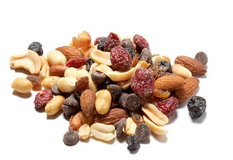
Savoury snacks
- Unsalted nuts (e.g. peanuts, almonds, walnuts)
- Cold meats (fresh skinless chicken or turkey pieces)
- Rice cakes (higher protein will be the ones made from lentils or peas) with soft cheese spread
- Reduced fat cheese (e.g. cottage cheese, mozzarella, reduced fat cheese slices)
- Oatcakes, crispbreads or bread sticks with a dip of your choice
- Beans and eggs on toast
- Hummus or guacamole served with vegetable sticks, breadsticks or pitta bread
- Olives
Nourishing drinks
Replacing low calorie drinks such as water or sugar free squash with nourishing drinks can help increase the calories in your diet while offering hydration.
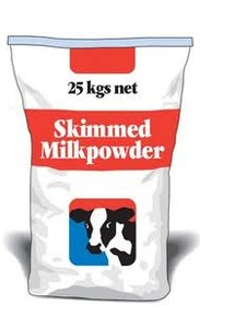
Fortified milk
Add four and a half-heaped tablespoons of dried skimmed milk powder to a pint of milk. This can then be used throughout the day in beverages including coffee or hot chocolate, added to breakfast cereals or porridge, or when making sauces, puddings or fruit smoothies.
Skimmed milk powder can also be mixed into soups, mashed potato, sauces or yoghurt.
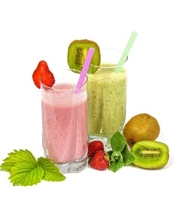
Fruit juice and Smoothies
Pure fruit juices can be store bought or homemade and can contain several different fruits that provide energy, vitamins, minerals and fibre in the diet. Smoothies can be made using fresh or frozen fruits and vegetables blended with milk, soya milk or fruit juices. Addition of nut butters, nuts and seeds or yoghurt in the smoothies can increase their protein content.
Nourishing powdered drinks/soups
Nourishing powder-based drinks or soups such as “Complan”, “AYMES” retail shake or “Meritene” are available to purchase in most supermarkets and pharmacies and come in a range of sweet and savoury flavours. These products can be prepared by mixing with milk or fortified milk. They should not be used as meal replacements but consumed in addition to your meals.
What if you are still losing weight
If you are experiencing ongoing weight loss despite following this advice, it is important to eat whatever you can, whenever you can. Eating a less healthy diet for a short period of time is unlikely to have a negative effect on your health. If there are concerns regarding weight loss it is important to discuss this further with your GP or dietitian.
We are smoke-free
Smoking is not allowed anywhere on the hospital campus. For advice and support in quitting, contact your GP or the free NHS stop smoking helpline on 0800 169 0 169.
Other formats
Help accessing this information in other formats is available. To find out more about the services we provide, please visit our patient information help page (see link below) or telephone 01223 256998. www.cuh.nhs.uk/contact-us/accessible-information/
Contact us
Cambridge University Hospitals
NHS Foundation Trust
Hills Road, Cambridge
CB2 0QQ
Telephone +44 (0)1223 245151
https://www.cuh.nhs.uk/contact-us/contact-enquiries/
